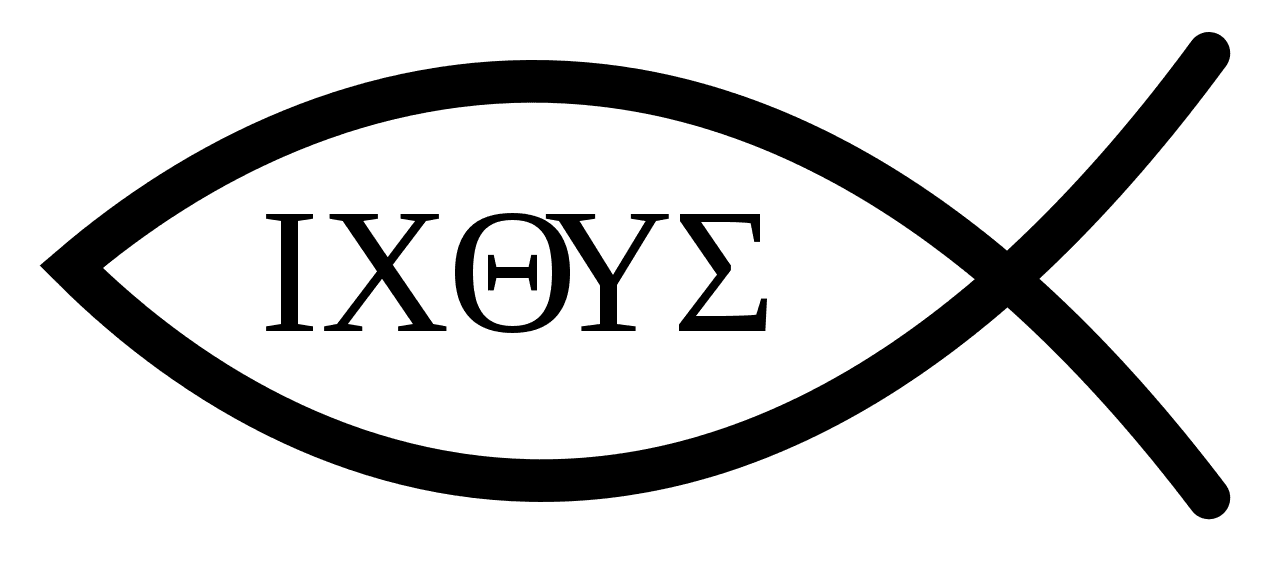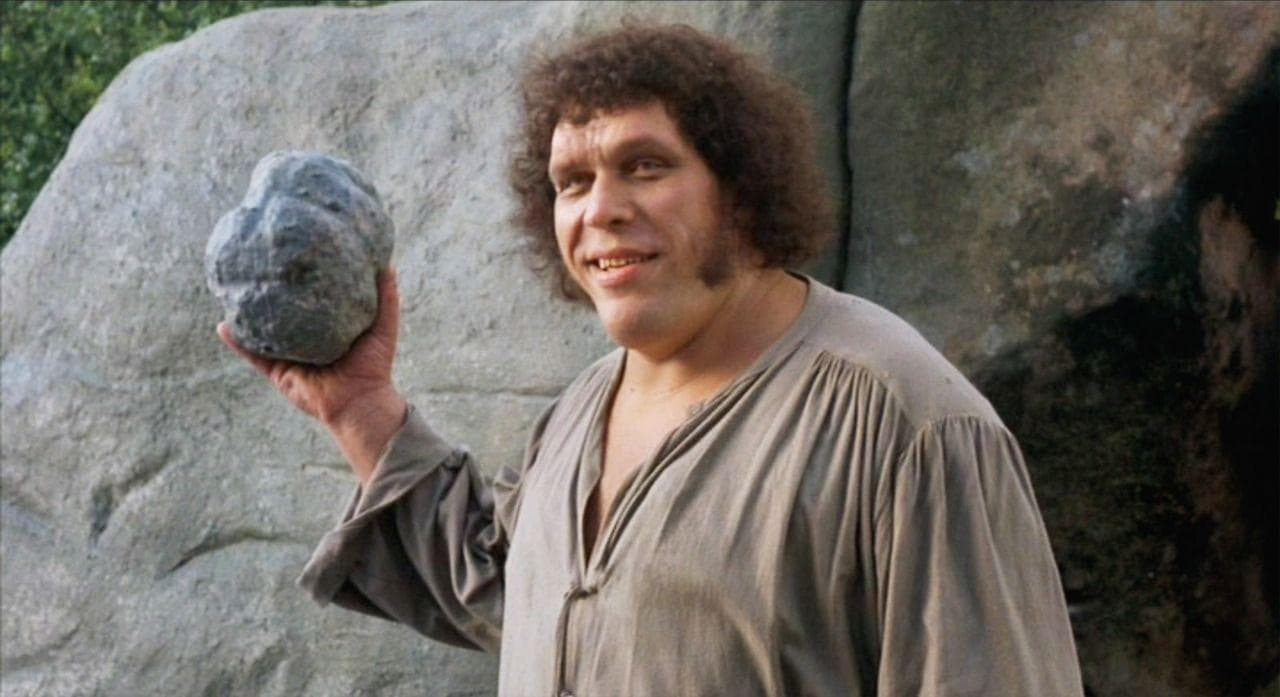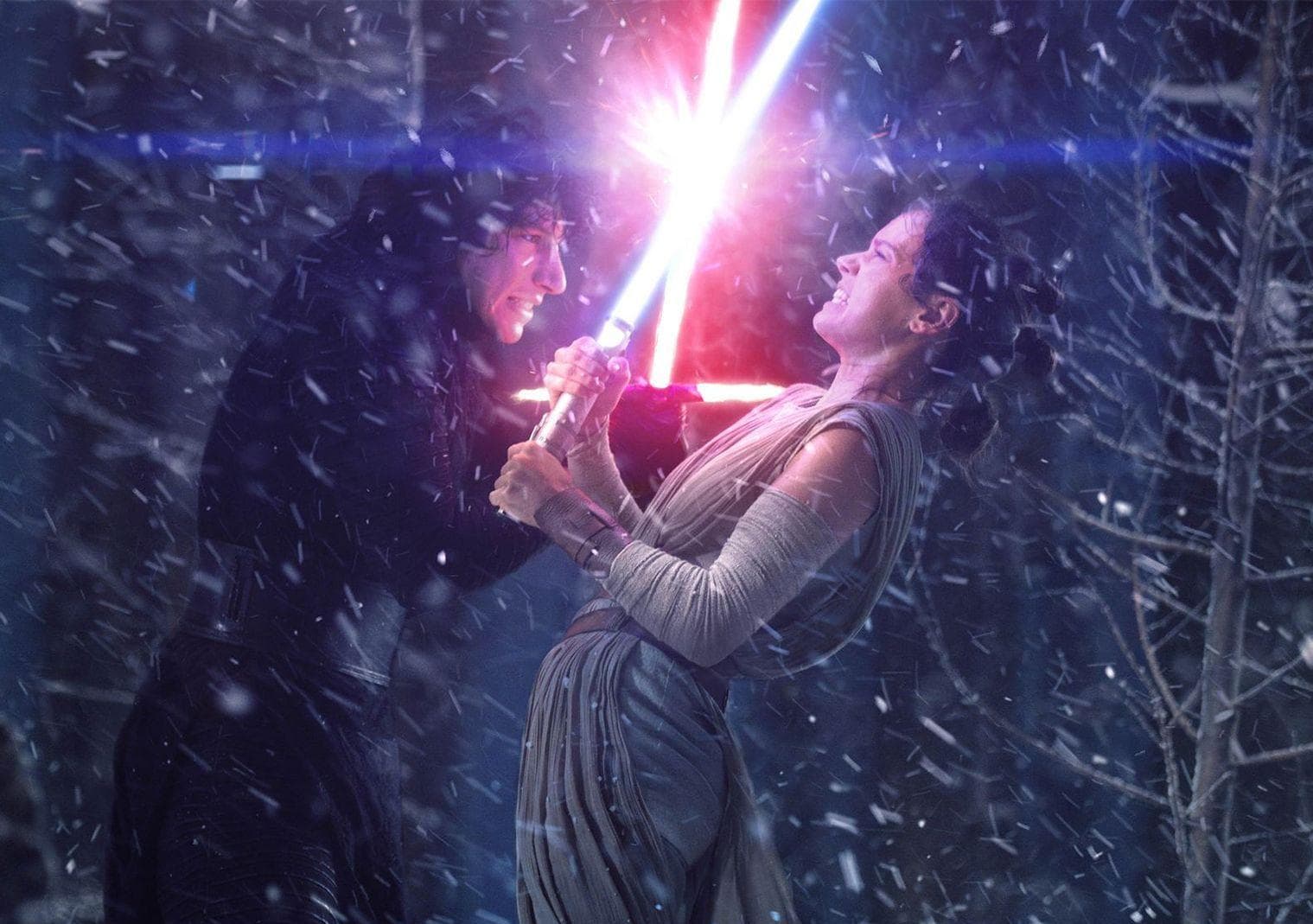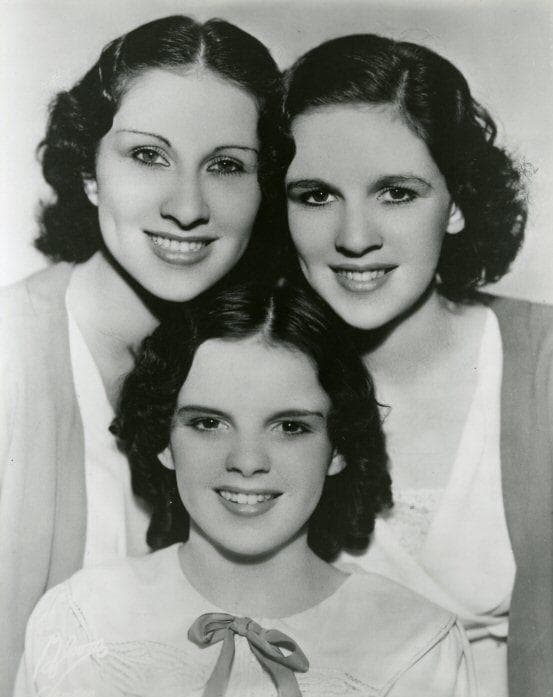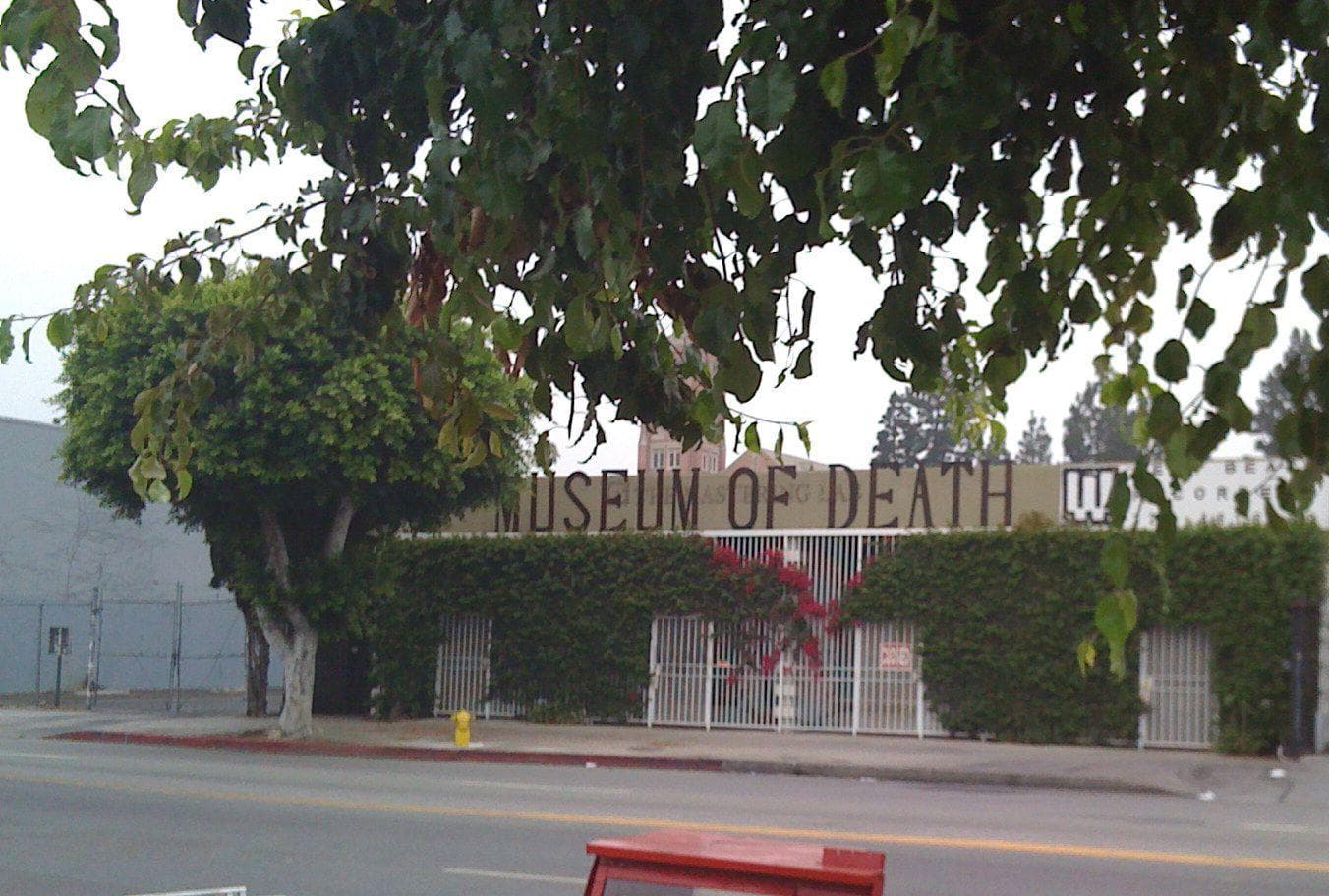-
(#4) Benvenuto Cellini: Perseus with the Head of Medusa (1545)
At first glance, Perseus with the Head of Medusa, as the name implies, features two faces: mythological Greek hero Perseus and hideous snake-haired Gorgon Medusa. But if you take a peek at the back of Perseus’s helmet, sculptor Benvenuto Cellini left a little surprise...
Hello! It’s Cellini’s bearded self-portrait. Cellini also signed his name on Perseus’s belt, just in case anyone forgot who made this bronze masterpiece.
-
(#12) Hans Holbein: Portrait of a Lady, Perhaps Catherine Howard (Circa 1540)
A miniature portrait painted by Hans Holbein, Henry VIII's court painter, was long thought to depict the king's fifth wife, Catherine Howard. But in 2021, art historian Franny Moyle revealed that evidence she found suggests the painting actually features Anne of Cleves, Henry VIII's fourth wife.
Moyle said Holbein mounted the small painting on a playing card, the four of diamonds, which could signify the fourth queen. Holbein mounted other miniatures on playing cards with similar meanings, including a portrait of a new bride mounted on an ace-of-hearts card. "So the four of diamonds is arguably significant," Moyle said. "I would have been quite miffed if it had been the three of hearts.”
The portrait was originally thought to be Catherine Howard in part because the necklace worn in the image belonged to her, passed down from Henry's third wife, Jane Seymour. "When Henry got rid of one wife, he was in the habit of handing down their belongings to their successors. So the argument of it being Jane Seymour’s jewelry applies equally to identify Anne of Cleves," Moyle told The Guardian. Moyle also noted similarities of the face of the figure in the painting to Holbein’s 1539 portrait of Anne, featuring thick eyelids and eyebrows.
Henry married Anne, the sister of Germany's Duke of Cleves, in 1540 for political reasons. He ended the marriage six months later.
The painting belongs to the Royal Collection Trust, which declined to comment on Moyle's findings. Its description of the painting reads, "No conclusive evidence has yet been put forward to substantiate the persistent, but late, identification of this subject as [C]atherine Howard, particularly since there is no authentic contemporary likeness of the queen in existence."
-
(#14) Bacchus
- Caravaggio
Caravaggio’s painting Bacchus features pretty much what you’d expect in a portrait of the Greek god of wine: a big goblet of vino, a bowl of fruit, a chilled-out Dionysus in a toga, and a tiny artist drowning in a carafe. Wait—what?
Do you see him? It’s hard to photograph clearly, but it’s Caravaggio at age 25, according to art restoration experts. Tiny little Caravaggio was first spotted by a restorer cleaning the painting in 1922, but “poor restoration efforts” in the years that followed made him practically invisible. In 2009, researchers used a technique called reflectography to catch a glimpse of the diminutive self-portrait as Caravaggio intended. He appears, actually, to be not inside the carafe, but a reflection on the carafe, ”with an arm held out towards a canvas on an easel.”
-
(#7) David
- Michelangelo
Michelangelo’s statue David is such an iconic figure that it’s hard to believe that there’s any real mystery to it. Surely we learned all we could know about it a long time ago, right? But researchers in recent years discovered that Michelangelo designed David’s pose where “every anatomical detail—right down to the shaping of the muscles in his forehead—is consistent with the combined effects of fear, tension, and aggression,” including "a contraction of the reproductive organs." This means that his junk, prior to killing the giant Goliath, is slightly shrunken with fear (or so the theory goes).
Another revelation: David’s eyes are slightly crossed and terrified-looking, but that’s only noticeable at eye-level or above. Meaning you would have to be a giant to notice.
-
(#9) Albrecht Durer: Young Couple Threatened By Death (Promenade) (1498)
If you look closely at this piece, you’ll notice some writing on the lady’s dress. The seemingly gibberish phrase “O NORICA 9” can be seen, along with a brooch and a few symbols, across her shoulder and left side. What does that mean? The meaning of “O” and “9” is unclear, but NORICA is Latin for “from Hungary,” which is a nod to the artist’s homeland.
It’s also a clue that the woman, despite her telltale “Nuremberg hat,” is not actually from Nuremberg. So it’s doubly scandalous, because the headgear on display here also indicates that the dude is a bachelor and the lady is married. Uh oh!
-
(#1) Arnolfini Portrait
- Jan van Eyck
If you look closely at the background of The Arnolfini Portrait, you’ll notice some writing on the wall (top right) and a small mirror (bottom right).
The writing means “Jan van Eyck was here 1434,” which means it’s the artist “tagging” the wall of his own painting. Beyond that, if you look in the mirror, you’ll notice—and this is only noticeable using a magnifying glass with a physical copy—that van Eyck managed to paint a pretty accurate reflection of the scene in the mirror, including what appears to be a tiny self-portrait.
One controversial theory for van Eyck's “tagging” is that the painting was meant as a legal record of the marriage of the couple depicted, Giovanni di Nicolao Arnolfini and his wife, and van Eyck signed his name as a witness to the marriage, which is a pretty cool thought.
New Random Displays Display All By Ranking
About This Tool
Our data comes from Ranker, If you want to participate in the ranking of items displayed on this page, please click here.




